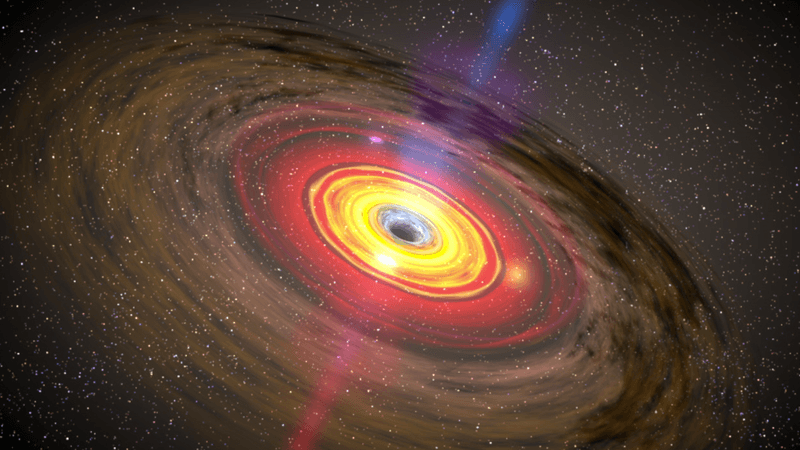Above the Earth, at noon local time over the Arctic and Antarctic circles, exists a region known as the polar cusp. It is a mysterious zone created by a gap in our planet’s magnetic field, a place where the plasma from the Sun meets our atmosphere. And it's also where, 400 kilometers (250 miles) above the ground, spacecraft inexplicably slow down.
The atmosphere of our planet is very tenuous up there but it is not a perfect vacuum. There’s stuff that slows down spacecraft. In the polar cusp, there is 1.5 times more than anywhere else on the planet at the same altitude. NASA plans to find out what’s going on there with the Cusp Region Experiment-2, or CREX-2, sounding rocket mission
“At around 250 miles above Earth, spacecraft feel more drag, sort of like they’ve hit a speed bump,” Dr Mark Conde, a physicist at the University of Alaska Fairbanks and the principal investigator for CREX-2, said in a statement. "That’s because the air in the cusp is noticeably denser than air elsewhere in the spacecrafts’ orbits around Earth. But no one knows why, or how."
“You can’t just increase the mass in a region by a factor of 1.5 and do nothing else, or the sky will fall.”
To understand how the extra mass stays up there, the rocket will study the electrical and magnetic effects of the interaction between the charged particles from the Sun and the upper atmosphere. It will also measure the behavior of winds, which could provide support to a number of possible scenarios.
The rocket will release 20 canisters the size of a soda can, each with its own rocket motor. They will launch in different directions and release vapor tracers at different altitudes. These are the same particles found in fireworks displays. They will glow due to exposure to oxygen and by catching sunlight, and when scattered by the wind will create glowing clouds. This will tell the scientists what is happening inside the cusp.

At least in theory. To make the experiment work, you need good weather conditions to launch the rocket but also to observe the clouds from the right spots at the right time as there cannot be too much light. Winter months are ideal and students will be placed across Scandinavia, in the Svalbard Islands, and even on a plane from Reykjavík, Iceland.
Across 17 possible days of the launch window back in 2019, there was not a single viable one. The launch window opens December 1. Everything going well, CREX-2 will launch from Andenes in Norway and finally provide answers to what’s going on at the peculiar polar cusp.




